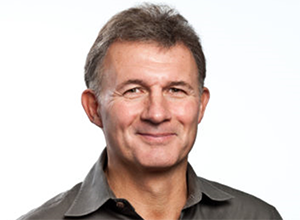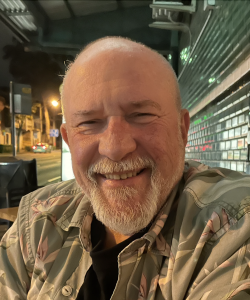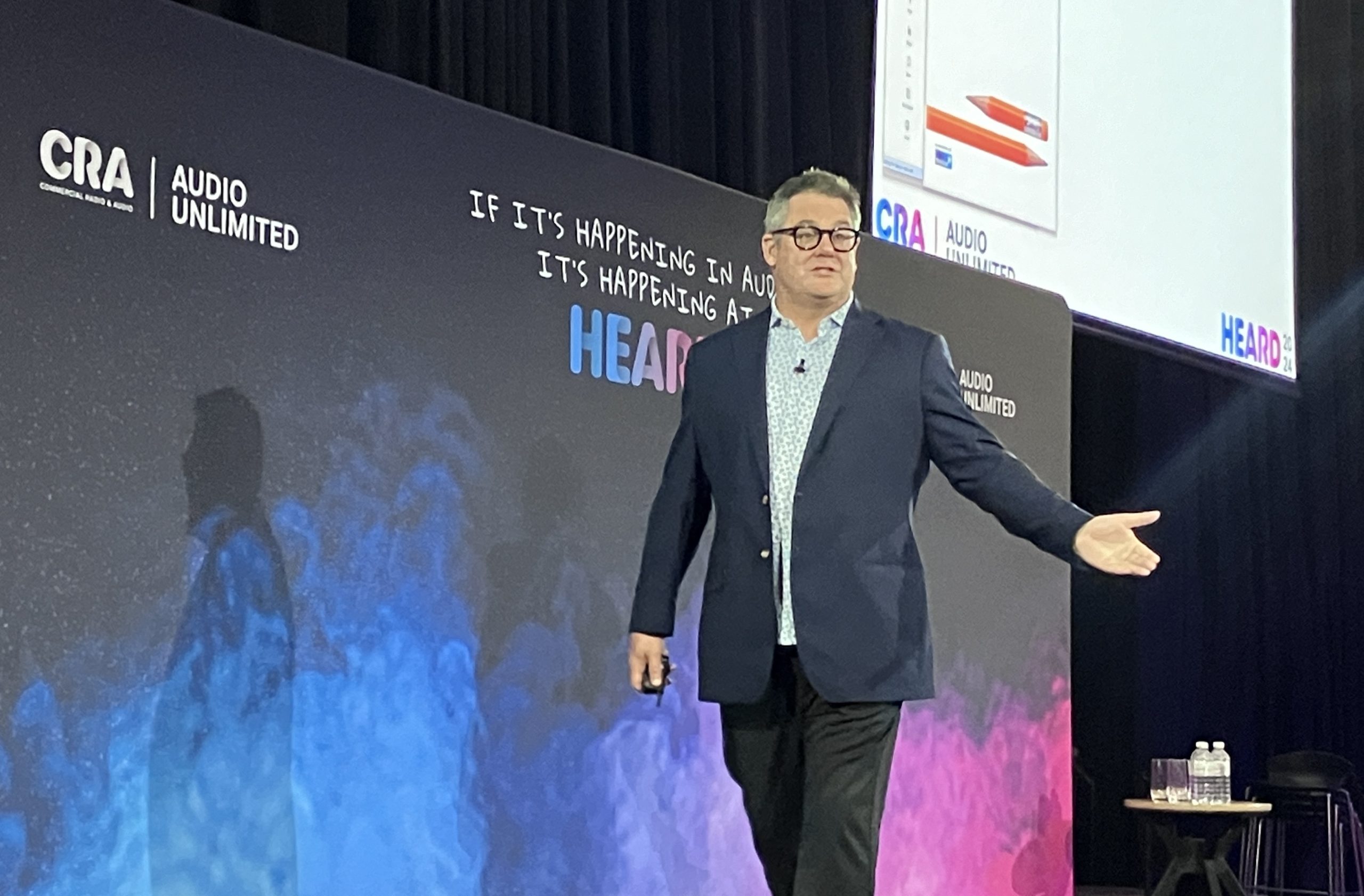The first time I saw a presentation by Professor Mark Ritson was 10 years ago at another CRA event, Radio Alive, where he brought proceedings to a sudden halt, telling the packed room, ‘There’s been a change of plans for the day. I apologise to all the speakers scheduled after me, but you may as well go home because the visual aid I’ve decided to use to help illustrate my point is Gone With the Wind.
‘That’s right, the 238-minute David O. Selznick epic movie starring Clark Gable and Vivien Leigh. So, sit back and relax for the next four hours as we watch Gone With the Wind together. Oh, and lunch will be served a little later than advertised at around 3:47pm.’
Sure enough the curtains opened to reveal a giant movie screen as the iconic theme music played through the speakers. But before the MGM lion had a chance to open his mouth wide enough to emit his signature roar, the sound stopped, and the screen went blank. It was all over in just three seconds. And that was Ritson’s point.
On returning to the stage, he explained that, in the world of social media, or new media as it was then called, three seconds of engagement was sufficient to claim a “user/view” – counted as someone who had watched the entirety of the content on offer. He exposed the rort and has been a vociferous champion of radio ever since.
 “Yes, it was about impressions versus an audience,” Ritson recalled when I caught up with him for a one-on-one last Thursday at Heard, the second annual meeting of minds between commercial radio and advertisers in the new CRA era under CEO Ford Ennals (left).
“Yes, it was about impressions versus an audience,” Ritson recalled when I caught up with him for a one-on-one last Thursday at Heard, the second annual meeting of minds between commercial radio and advertisers in the new CRA era under CEO Ford Ennals (left).
According to Ritson, audience measurement has changed for the better in the decade since Radio Alive, “I do a lot of work with YouTube,” he says. “And if you talk to Mark Wheeler, who’s a mate of mine who runs it in Oz, he’ll tell you that YouTube is a very straight shooter now on audience exposures and how they measure it. For a 30 second ad, it’s like 70, 80% of it has to be exposed (to register). So, they’ve straightened up their game, which I think is to their credit.”
This time around, at Heard, Ritson didn’t mention social media at all. Is it no longer seen as an existential threat to radio?
“It’s a good question,” says Ritson and gives it a whole nano second of thought (an eternity for his sharp mind) before answering: “I think we’re in a third age now. We sort of went through this period where the whole digital thing… if you remember the Oreo Tweet and all of that, and brands were going to be organic and Facebook was going to have ads, where you were going to be ‘friends with the brand’… that was the original bullshit era of social media. And that was where I was heavily debunking it.
“Then we got into an era, I would say was digital media, where they stopped trying to say, ‘organically you’re going to have a big impact on consumers’ and realised that it was pretty much akin to TV advertising or news media advertisers. You’re going to drop your ads into the content, and that obviously is a legit model. And unlike the bullshit first era, I reckon we’re entering a third tier.
“I think what we’re seeing now is genuine communities growing up around social media and Tik Tok for younger consumers. What was bullshit about 15 years ago is now starting to happen in that younger demo where Sephora is getting tons of tweens going in trying to buy foundation and eyeliner because they’re exposed on TikTok to all these organic beauty messages.”
Is it a question of brands moving towards the Tik Tok platform or Tik Tok gravitating towards the brands?
“They follow each other like a snake eating its tail. I think the companies have overinvested in these things for a decade. But what’s happening now is we are seeing a genuine audience adoption in that very young demo, which is very much that Tik Tok demographic up to 35. It’s now a properly different phenomenon. What we’re seeing is not the death of TV, but you have to now supplement TV with online video. I think it’s going to be more YouTube, but for a younger demo. And I think we are genuinely entering the phase that we talked about 20 years ago that is now happening.”
All this talk of TV, Tik Tok and YouTube prompts me to ask: Is this younger audience moving away from radio too?
“I think radio is an outlier in the sense that we’ve got this,” he suggests. “First of all, digital is a supplement, so podcasting isn’t replacing radio. What you’re seeing is genuine supplementation. While online video and TV, to some degree are eating each other’s lunch. I think you’ve got a genuine supplement to radio in the form of podcasting. They’re different media, they’re audio, but they’re different. They need different ads. One isn’t replacing the other and my radio still has a place, and I think it has a place among younger people as well as older.”
“Oh, that’s a relief,” was all I could manage to say in response.
Tomorrow we’ll analyse Mark Ritson’s presentation at Heard in regards to how radio fits into the advertising landscape in 2024.

Peter Saxon – Managing Editor

